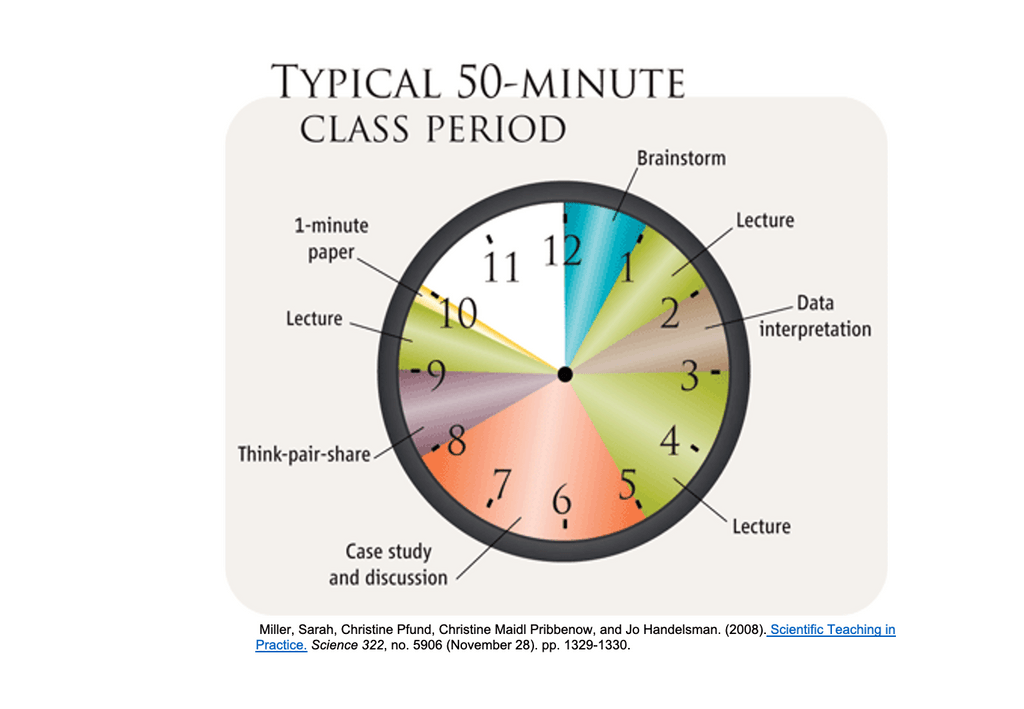UDL, a blog series…
To recap, the first blog post in the series describes the principles of UDL and how to take the initial small step into achieving a UDL classroom. You can find the link back to the first post of this series.
Universal Design for Learning (UDL) “is a framework to improve and optimize teaching and learning for all people based on scientific insights in how humans learn” (Cast.org). UDL can create an equitable and inclusive learning environment for all students in the classroom.
Within the UDL framework, there are three major categories and their subcategories:
Multiple means of representation
Multiple means of engagement
Multiple means of actions and expression
Engagement: Recruiting Interest
Along with providing multiple means of representation, providing multiple means of engagement is another fundamental principle of UDL. Implementing options for engagement can increase the inclusiveness of the classroom. If there is only one way for the student to engage with the content or activities in the classroom it might not be optimal for every student, providing options and choices for students will engage them individually. As instructors, the time and effort required to sustain students’ attention can be challenging. Over time, student interest levels can change when new skills and knowledge are introduced. To sustain interest in a course consider these three ways– optimizing individual choice and autonomy, optimizing relevance, value and authenticity, and minimizing threats and distractions in the course.
Optimize individual choice and autonomy
A small step to increasing the interest in the classroom is to give students individual choice and autonomy. When to give choices on assignments will vary from course to course. Let’s say you ask your students to give an individual presentation on a certain topic, and data are involved. The only requirement is that students must present a visual representation of the data, and students can choose how to present the data. To take it one step further, at the beginning of the term, ask students how they want to complete an assignment, create a baseline of what needs to be included, but allow them to draft their own assignment within these set guidelines. Another small step you can take at the beginning of the term is to have a goal-setting meeting with your students and ask them what they want to achieve during the term. The SMART (Specific, Measurable, Achievable, Relevant, and Time-Bound) goal guidelines can provide structure for students and help them focus on what they want to achieve.
Optimize relevance, value, and authenticity
In addition to understanding students’ goals and what they are interested in, it is also important to bring attention to the value of learning. Acknowledge the connections between the knowledge and skills acquired in the classroom that transfer to outside of the classroom.
Unfortunately, not all students will and can connect to the material equally, so providing options that can optimize the relevance, value and authenticity of each activity is vital.
Another way to optimize relevance and value in the course is to increase the representation of authors in your resources. When you choose resources in your course, consider including authors from different racial, cultural, ethnic and gender groups. If your course has several reading assignments, try to make find authors who represent your students. When reviewing your reading list, ask yourself the following questions:
- Does it include women, non-binary people, members of the LGBTQIA+ community and BIPOC?
- Does it include authors(speakers)who represent similar ages of the students in the classroom?
- Examples:
- Malala Yousafzai
- Greta Thunberg
- Isra Hirsi
- Zuriel Oduwole
- Examples:
Designing activities that incorporate personal responses and/or self reflection can increase the authenticity of content. This deepens the value of the learning experience, and students develop a stronger connection to the material when they connect it to their own experiences. Lastly, to optimize the interest in the course, allow students to participate in activities to expand their imagination on how to solve problems, ideally creating an authentic experience. One suggestion from Iowa State University is to use the SCAMPER strategy.
SCAMPER is a checklist that promotes ways to think about an existing issue or concept and create a new way to think about it. The method uses action verbs to stimulate ideas and creative thinking.
- Substitute:
- What can you substitute?
- Combine:
- What can you combine or bring together somehow?
- Adapt:
- What can you adapt for use as a solution?
- Modify/minify/magnify:
- Can you change the item? What can you remove? What can you add?
- Put to other uses:
- How can you put the thing to different or other uses?
- Eliminate:
- What can you eliminate?
- Rearrange:
- What can be rearranged in some way?
By providing a list of active verbs to the issue or concept creates an opportunity to think outside the box and helps the student draw on their own experiences for solving a problem in a new way.
Minimize threats and distractions
Small steps can also be mighty steps, and creating an accepting and supportive learning environment for all students is a mighty step. For instance, whole class discussions can be challenging for students and instructors, and trying to build a community that everyone feels they can participate in can take time. One way to have students participate in whole class discussions is to create online discussion boards/ forums on Moodle, then eventually transition them to in-person discussions by starting with small groups, then moving to the whole class. As the instructor, you need to always have the intention of having everyone be able to contribute in the back of your mind. To make sure you are increasing inclusiveness in your classroom, establish classroom rules and guidelines with your students. You can follow the suggestions from Carnegie Mellon on how to set up the rules, and this can be one of the first activities at the beginning of the term with students. Students will recognize that you are giving them a degree of autonomy as you are giving them the opportunity to shape the class.
Other ways you can provide a supportive learning environment is to minimize threats and distractions. A threat can be a graphic image, such as an image from a surgery on the human heart, or a passage in a play, or other content that depicts people in distress. Before you display such content, give the students a warning about what is going to appear next. This mental and physical pause before showing the image gives students time to prepare themselves for a graphic and sometimes difficult image to see.
Another suggestion to minimize threats is to create a safe space for students. Yet, the term “safe space” can be debatable. For instance, in 2019 the LTC blog shared with Carleton the term brave space and what that looks like in the classroom. You can read about the historical difference between a safe space and a brave space.
Another way to increase a supportive learning environment is to minimize distractions by keeping a class routine, which can be achieved by creating a predictable schedule. Within that schedule, try to use a variation of activity lengths, or even give breaks throughout the long session class period. For example, if your class is 2 hours and 30 minutes long, give a break at around the halfway point and allow students to pause, walk away from learning, clear their mind, then come back 5-10 minutes later ready to get back at it. In a workshop at the LTC’s 2021 winter conference, Wiebke Kuhn and Don Vosburg shared how an active learning class period can be structured. The image to the right demonstrates an additional example of how to structure your class which in return can minimize distractions.
Again, small steps can be mighty ones.
What is your next small step?


 Provide options for comprehension
Provide options for comprehension





